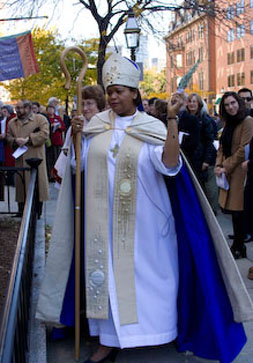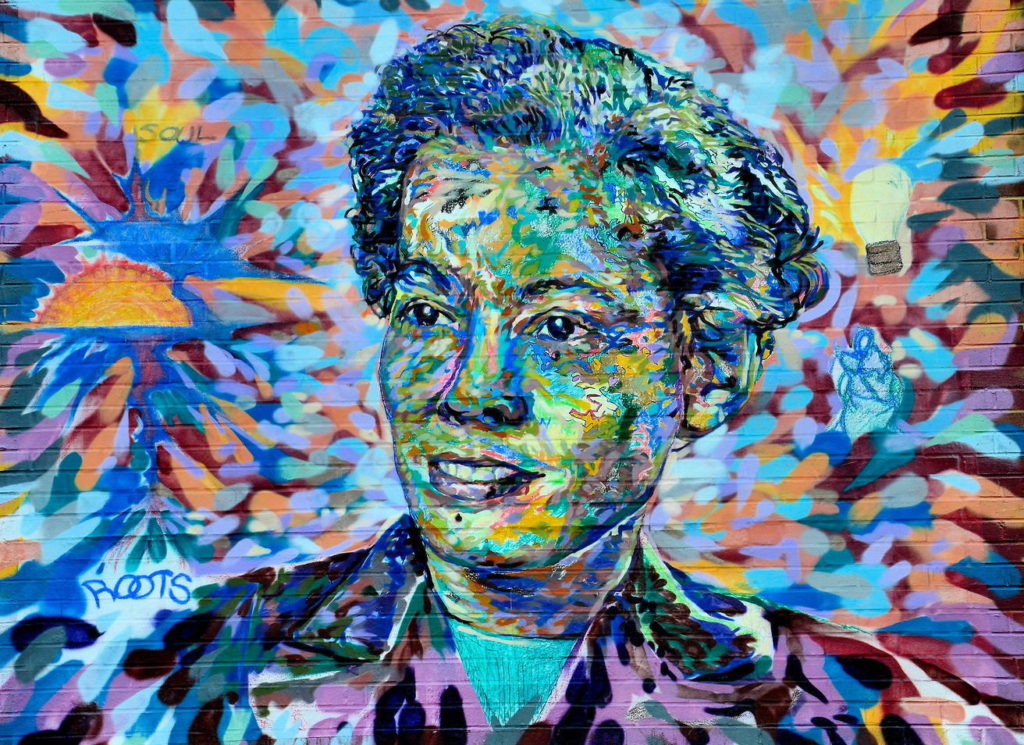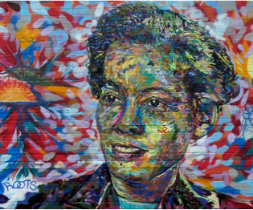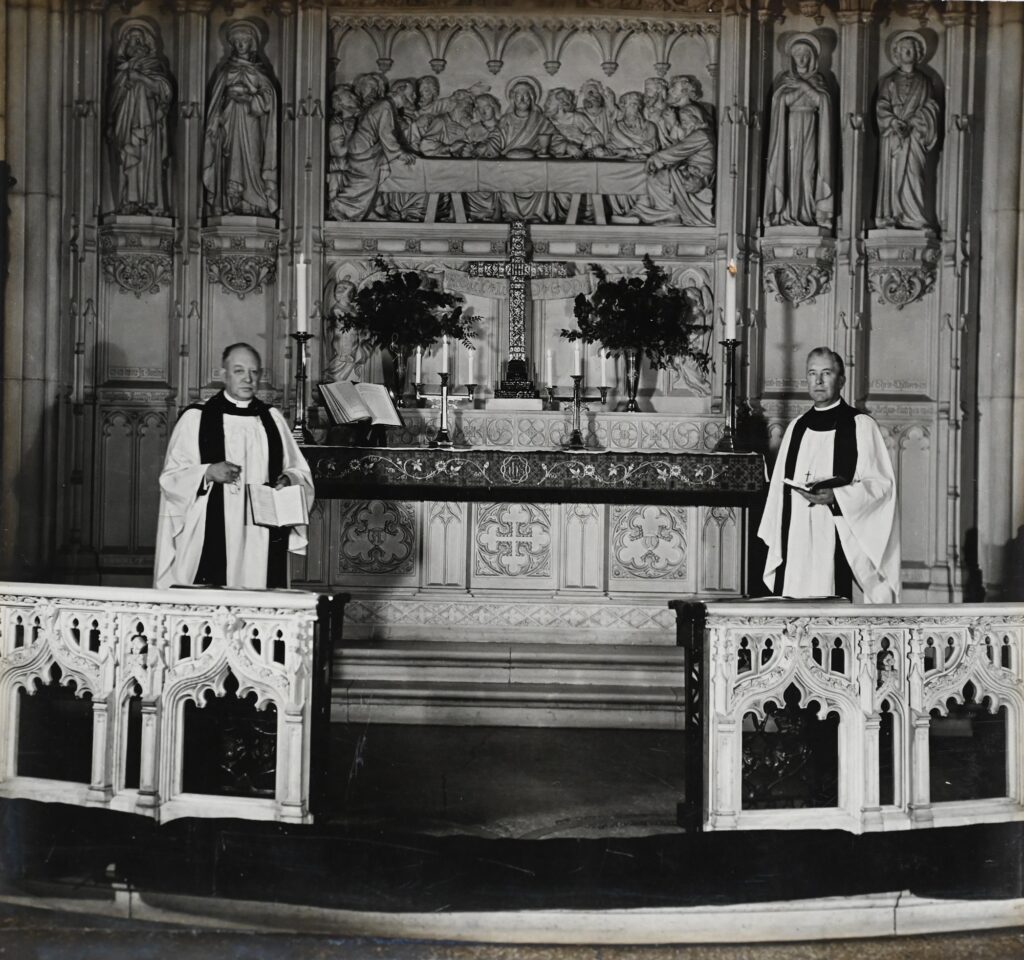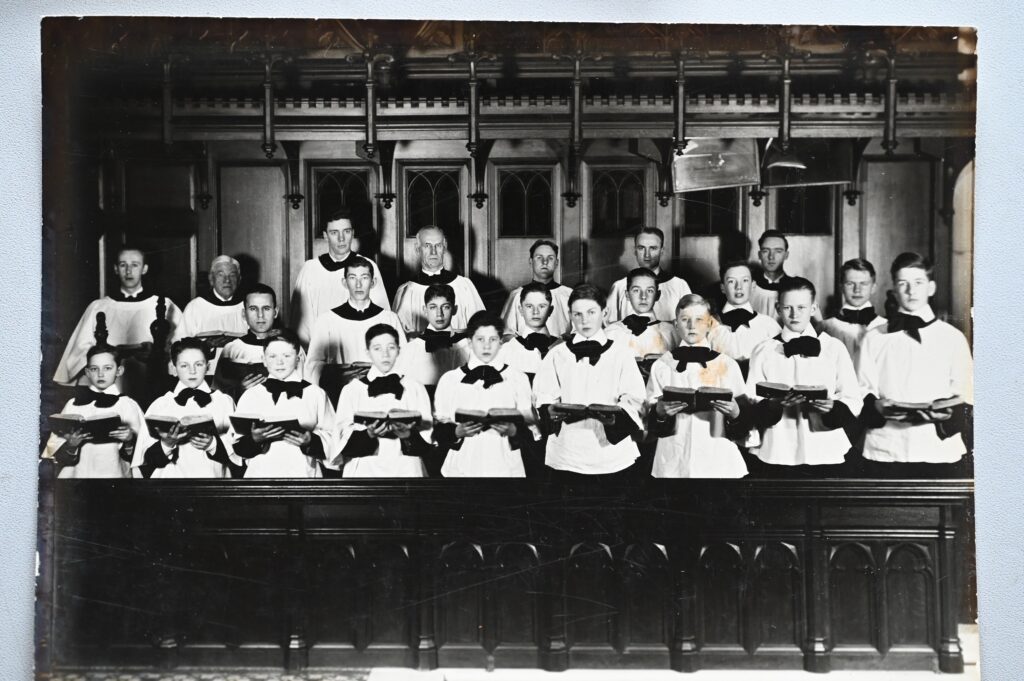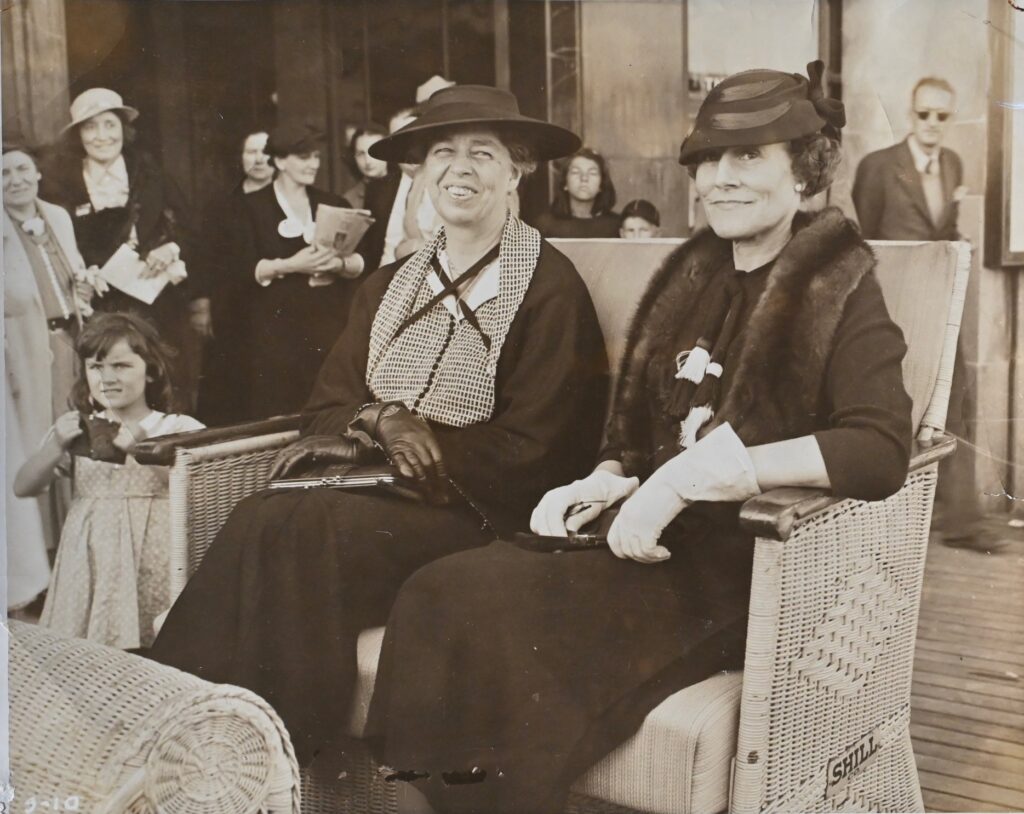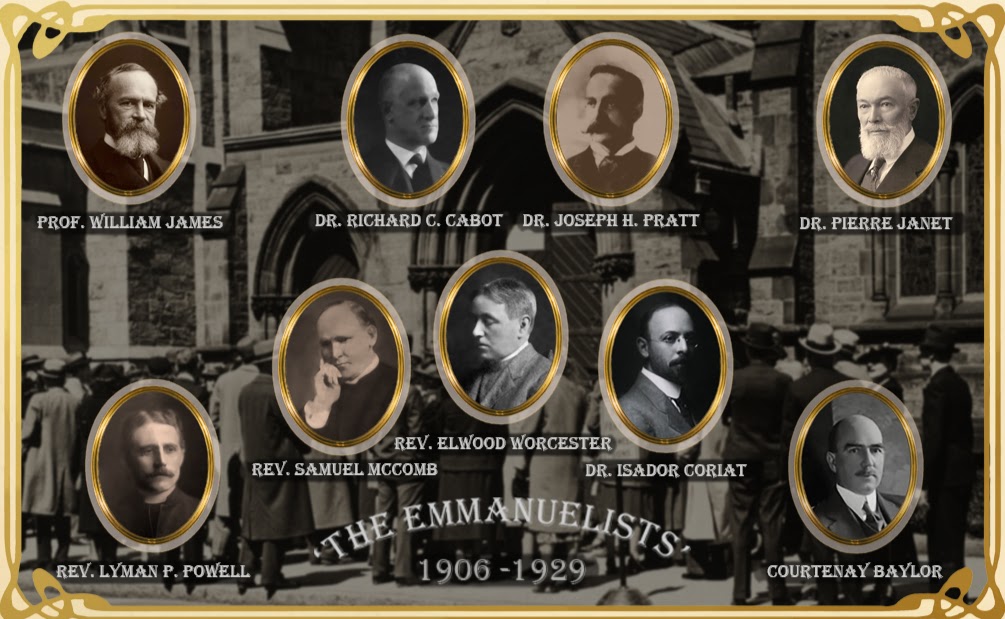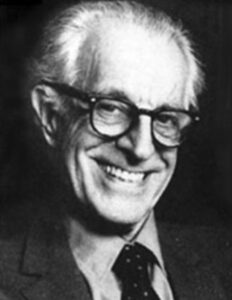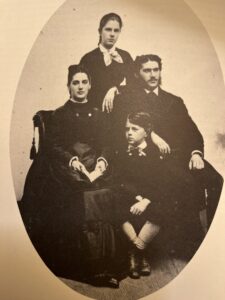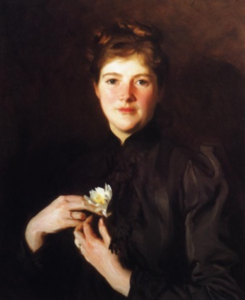March 20. Dorothy Addams Brown died in Gloucester MA. She had been born on 29 May 1923 to parishioners Harriet Addams Young (1886-1952) and Lawrence Allyn Brown (1876-1937) and baptized here. She resided for many year at 434 Marlborough St. with her brother Lawrence, Jr.. She served on our vestry (1962-4 & 1969-74) and our Finance & Budget and Long-Range Planning committees. She was a generous benefactor until her death at the age of 90. She credited William Wolbach, President of the Boston Safe Deposit & Trust Co., for hiring her as a clerk in 1944, when she graduated from Vassar. She became the bank’s first woman trust officer and then Vice President. Mary Meier of The Boston Globe (May 16, 1963) wrote an article about her entitled, “Banks Rarely Give Women Key Role.” When Dottie retired as chair of the New England Group of the National Association of Bank Women in 1965, she was the only senior investment officer in the Association.
Last issue of Voices was published with a farewell letter from its editor Margo Risk.


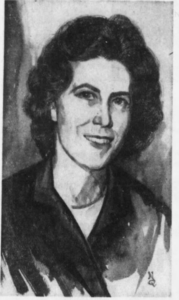
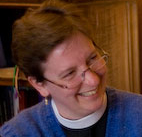 Our vestry called The Rev. Pamela L. Werntz to be our twelfth rector.
Our vestry called The Rev. Pamela L. Werntz to be our twelfth rector.